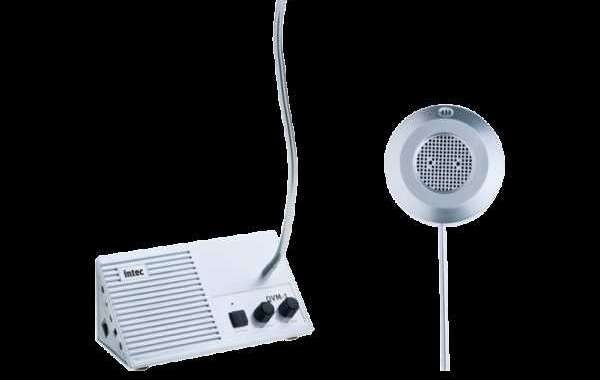As well as being beautiful, current and suitable for swimming, swimwear also need to stay strong in the sun, humidity and other harsh conditions encountered during summer trips to the beach or pool.
So we always do swimwear fabric testing to make sure the fabric in good quality. The most basic testing is the colorfastness testing. Swimwear Manufacturer China
What is colorfastness testing? Colorfastness refers to the fading degree of dyed or printed fabrics under the action of external factors (extrusion, friction, water washing, rain, exposure, sunlight, sea water impregnation, saliva impregnation, water impregnation, sweat impregnation, etc.) during use or processing. It is an important index of fabrics. Good color fastness, the textile is not easy to fade in the process of post-processing or use; If the color fastness is poor, the color will fade or be stained, which will not only affect the appearance of the dress but also affect health.
Testing Method 1: Colorfastness to Crocking
This test is just to make sure too much dye from the suit won't transfer to other fabrics (like your cover-up or beach towel). A "crock meter" rubs both dry and wet white test cloths against a wet swimsuit. Any color transfer is then studied using the Gray Scale for Color Change, an industry standard to note shade changes.
Testing Method 2: Colorfastness to Light
To judge whether sunlight will eventually cause problems, normally use something called a daylight exposure cabinet to keep small areas of the fabric in direct light. After a set amount of time, the exposed fabric is compared with an original swatch and looked at alongside the previously used Gray Scale metric. Women Swimwear wholesale
Testing Method 3: Colorfastness to Chlorinated Pool Water
For pool lovers, the risk of chlorinated water gradually fading a suit's bright, bold colors is a big worry. Test swimsuit fabrics in a speed-up machine or dry-cleaning drum with chlorine water rather than plain water to see how the color changes.
Testing Method 4: Colorfastness to Washing
Color fastness during washing is one of textile importers’ main concerns. A textile item must withstand repeated washing throughout its lifecycle without losing its color properties or staining other articles its washed with.
Testing Method 5: Color fastness to water test
Color fastness to water determines the resistance of textile colors to immersion in water. You might think this test sounds like the washing test. But color fastness to water testing is specifically used to measure the migration of color to another fabric when wet and in close contact. The washing test also typically uses a basic PH solution due to the addition of detergent, while this test is conducted at neutral PH levels.
Testing Method 6: Color fastness to sea water
Sea water fastness, sea water is the color of the printed or dyed textile show resistance to various influences. While performing these tests, the fabric sample is immersed in sodium chloride solution and kept under pressure at 20 degrees for certain periods. Gray scale is used for evaluation. kids Swimwear Supplier








